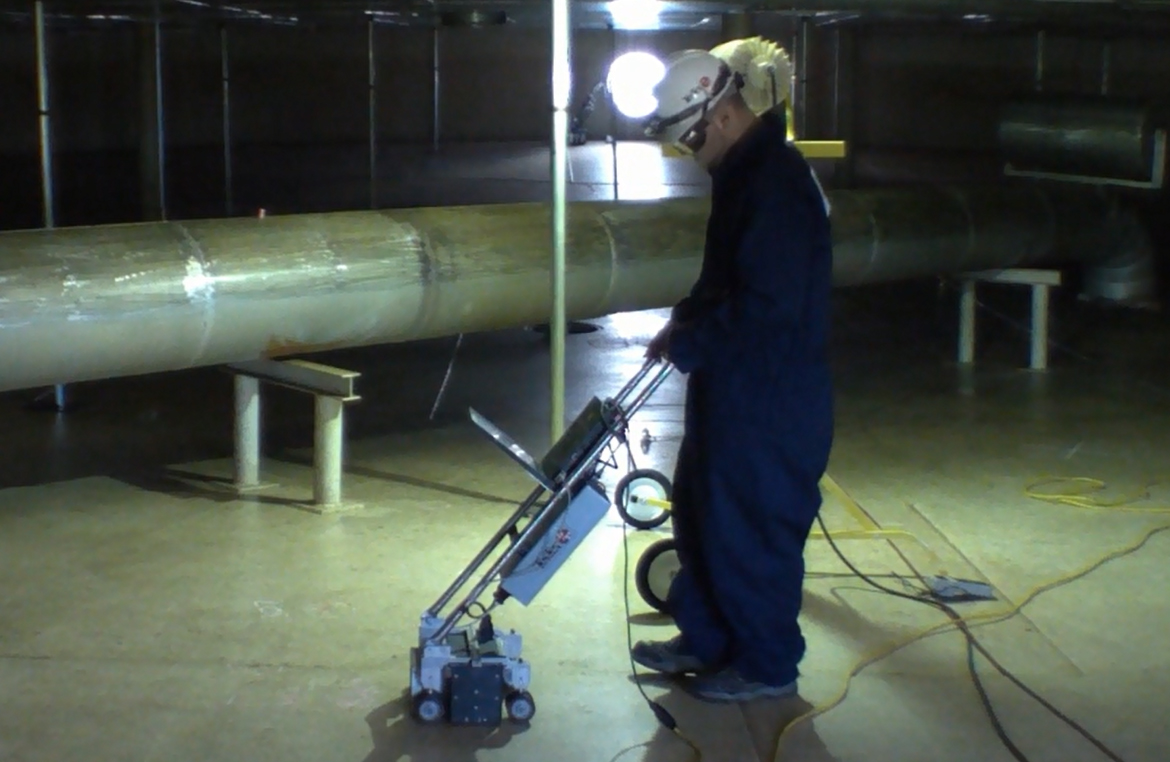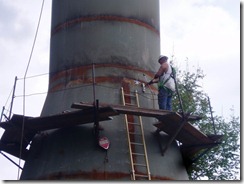An In-depth Review of Container Welding Examination Criteria and Methodologies for Improved Weld Quality and Performance
The significance of welding examination criteria in the production of containers can not be overstated, as they act as the backbone for making certain weld honesty and operational dependability. Different assessment methods, consisting of visual assessments and advanced non-destructive testing techniques, are vital in identifying prospective problems that could compromise efficiency. Additionally, adhering to governing criteria not only boosts weld quality but also reduces the risk of costly failures. As we check out the nuances of these methodologies, it becomes necessary to think about exactly how an organized method can change present techniques and bring about substantial renovations in outcomes.
Relevance of Welding Examination Standards

Welding evaluation criteria include a series of standards, consisting of product requirements, welding procedures, and credentials of workers included in the welding process. By enforcing these standards, organizations can methodically determine and correct possible problems, thereby reducing the probability of pricey repair work or catastrophic failings. Furthermore, strenuous inspection techniques foster a culture of accountability and accuracy, urging welders to maintain high degrees of craftsmanship.

Usual Welding Inspection Methods


Ultrasonic Checking (UT) is another prevalent method, using high-frequency audio waves to find interior imperfections that may not be noticeable externally. This method is especially reliable for determining spaces or inclusions within the weld metal. Magnetic Particle Testing (MT) is likewise widely used, especially for ferromagnetic products, as it exposes surface and near-surface defects via the application of electromagnetic fields and ferrous particles.
Additionally, Liquid Penetrant Testing (PT) discovers surface-breaking check this problems by using a penetrant to the weld and afterwards using a designer to draw out the penetrant. Each of these strategies adds to a thorough examination strategy, ensuring that welds satisfy the stringent high quality requirements required in tank construction.
Regulatory Specifications and Compliance
Regulatory criteria and compliance are necessary elements in guaranteeing the security and integrity of welded frameworks in storage tank building and construction - Tank Welding Inspection. These requirements offer to develop minimum needs for product properties, welding treatments, and evaluation practices, therefore decreasing the risk of architectural failings and enhancing total efficiency
Secret companies, such as the American Society Continue of Mechanical Engineers (ASME) and the American Welding Culture (AWS), supply standards that are commonly adopted in the sector. Compliance with these requirements not just ensures adherence to best practices but additionally fulfills legal and contractual obligations, guarding the rate of interests of stakeholders.
Governing bodies usually mandate adherence to particular codes, such as ASME Code Section IX for welding qualifications and API 650 for welded tanks. These codes lay out needs for welding methods, certifications of employees, and screening methods to confirm weld stability.
Regular audits and examinations are vital to keeping conformity, as they help recognize variances from developed criteria. Non-compliance can result in substantial penalties, task delays, and safety and security risks. Therefore, a robust understanding of regulative requirements and a dedication to compliance are paramount in attaining premium and long lasting welded container frameworks.
Non-Destructive Checking Approaches
How can the integrity of bonded structures be guaranteed without creating damages? Non-destructive screening (NDT) techniques supply a robust option, allowing inspectors to evaluate weld quality without endangering the product - Tank Welding Inspection. Amongst the most usual NDT methods are ultrasonic screening (UT), radiographic testing (RT), magnetic bit screening (MT), and dye article source penetrant screening (PT)
Radiographic testing includes passing X-rays or gamma rays via the weld, developing photos that disclose architectural problems such as cracks or voids. This method is very useful for evaluating the honesty of complicated welds.
Magnetic bit testing is fit for ferromagnetic products, where magnetic fields disclose surface and near-surface stoppages. Color penetrant testing uses a liquid dye to highlight surface-breaking imperfections, making it an effective approach for non-porous products.
Each of these NDT techniques has unique benefits, permitting for extensive assessments customized to details materials and welding procedures. By applying these strategies, sectors can make sure the dependability and security of welded structures, ultimately boosting overall performance.
Enhancing Weld Top Quality Via Evaluation
Effective evaluation plays a crucial role in enhancing weld quality, acting as a crucial checkpoint in the fabrication procedure. By determining prospective issues early, examinations alleviate the danger of jeopardized structural stability and make sure conformity with industry requirements. Employing a combination of visual exams, non-destructive testing (NDT) approaches, and mechanical evaluations, inspectors can identify issues such as porosity, fractures, and insufficient fusion.
Applying a robust inspection procedure not just enhances the total quality of welds but also promotes a culture of liability amongst welders and fabricators. Routine training and certification of examination workers make sure that they are furnished with the essential abilities to identify and resolve prospective troubles successfully. This proactive strategy reduces rework and connected prices, inevitably adding to project effectiveness.
Furthermore, detailed documentation of examination findings supplies beneficial understandings right into recurring problems, facilitating continuous improvement in welding techniques. By leveraging advanced modern technologies, such as automated ultrasonic testing or digital radiography, weld top quality can be improved through more specific examinations. In conclusion, a rigorous examination process is important in attaining premium welds, making sure safety, reliability, and longevity in storage tank construction.
Final Thought
Finally, the execution of extensive tank welding examination criteria and approaches is necessary for ensuring weld integrity and performance. By making use of a combination of aesthetic evaluations, non-destructive testing approaches, and adherence to regulative requirements, organizations can effectively identify and reduce prospective problems. Promoting a culture of accountability among welders even more improves the quality of welding processes. Inevitably, these techniques contribute to decreased structural failings, lower repair costs, and enhanced operational efficiency within the market.